The Ha Giang Loop in Vietnam is not merely a breathtaking journey through some of the country’s most stunning landscapes; it is also an ever-evolving narrative woven from the traditions, customs, and stories of its various ethnic groups. As travelers wind through its picturesque mountains and valleys, they encounter over 20 distinct ethnic communities, each adding their unique colors to this rich tapestry. From the vibrant H’mong and Tay to the contemplative Dao and resourceful Nung, the cultures encountered invite a deeper exploration into their customs, values, and social structures.
This deep dive into Ha Giang’s ethnic cultures reveals the intertwining of natural beauty and cultural depth, often creating an environment that feels both timeless and dynamic. Engaging with local traditions offers not only a glimpse into the daily lives of these communities but also an opportunity to appreciate the vibrancy and resilience of their cultures amid the challenges of modernization. Travelers are encouraged to consider their roles in these cultures, whether as respectful observers or engaged participants, as they journey through this enchanting region.
The ethnic culture of the Ha Giang Loop is marked by a stunning display of diversity, representing over 20 distinct ethnic groups. This cultural mosaic not only preserves traditional practices but also resonates deeply with the socio-historical context of the region. The landscape itself plays a crucial role in shaping these cultures, with agriculture and seasonal changes influencing the various customs and rituals observed throughout the year.
Travelers will quickly notice that each ethnic group maintains its own language, attire, and social customs, which elevates their cultural identity. This cultural richness calls for a deeper understanding and appreciation, setting the stage for an unforgettable experience that envelops visitors in the lived reality of the communities they encounter.
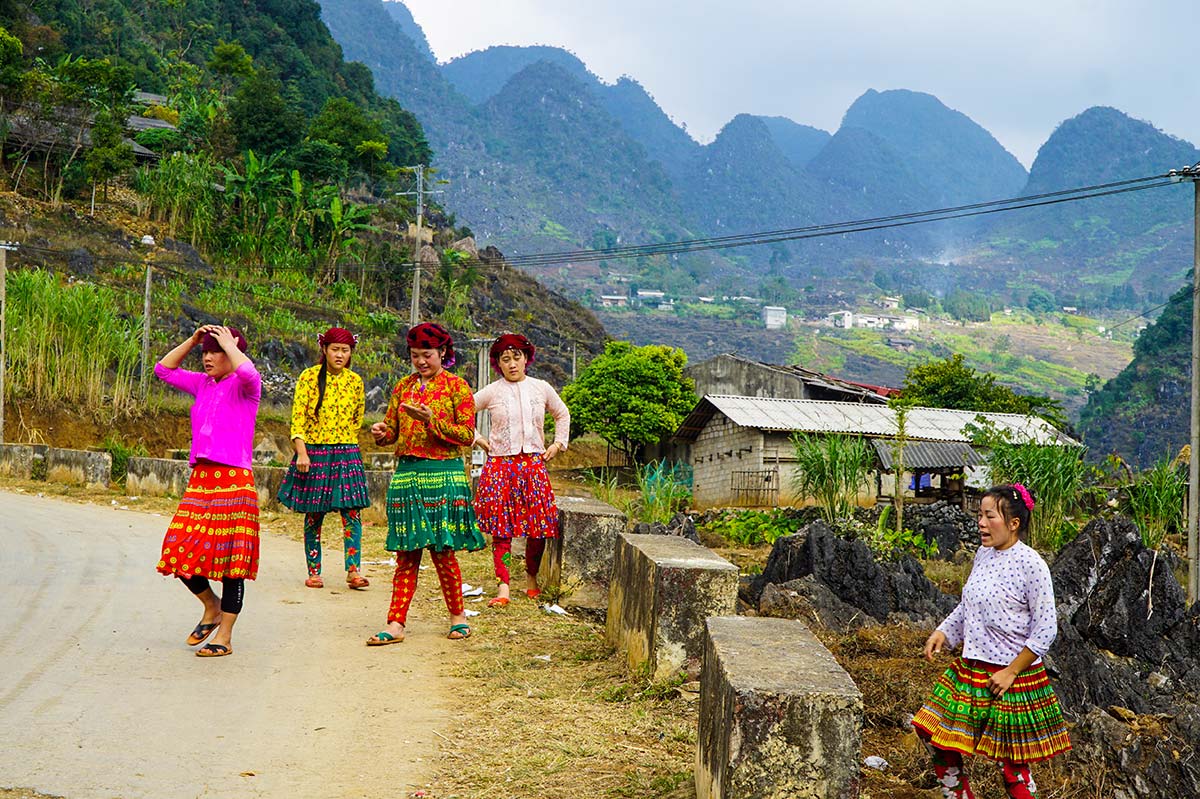
The ethnic groups residing in the Ha Giang Loop showcase a myriad of characteristics that are as distinct as they are interwoven. Below is an exploration of some key ethnic groups, highlighting their unique customs, traditions, and lifestyles:
These groups are not isolated but share cultural exchanges and interactions that enrich the overall cultural landscape of the region. For example, markets and festivals serve as vibrant stages for sharing knowledge and traditions, creating a dialogue that fosters mutual understanding and appreciation.
In the following sections, we will explore the diverse cultural practices among these ethnic communities and the enriching experiences that await travelers along the Ha Giang Loop.
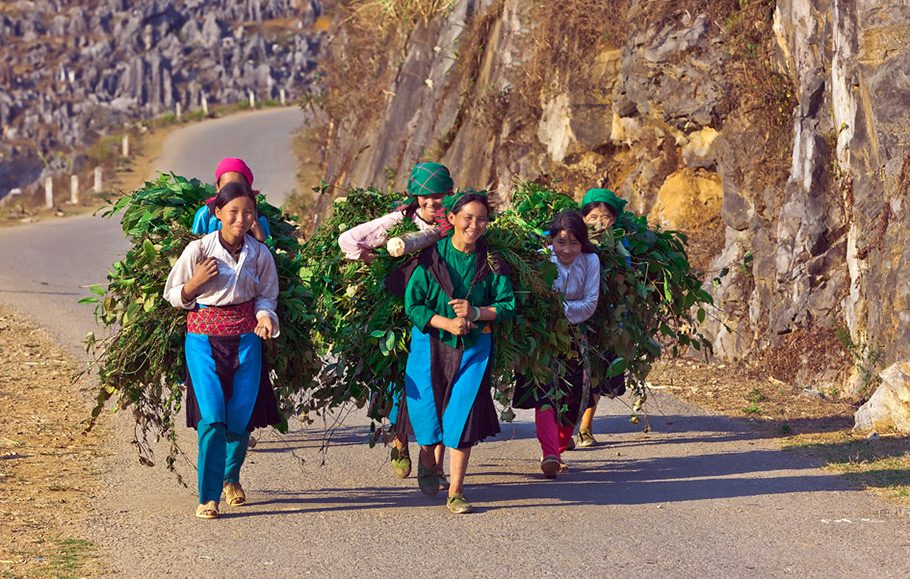
Cultural practices within the ethnic communities of the Ha Giang Loop are deeply rooted in history and tradition, embodying the values and beliefs of each group. Engaging with these practices can significantly enhance any visitor’s understanding of local life.
| **Cultural Aspect** | **H’mong** | **Tay** | **Dao** | **Nung** |
|---|---|---|---|---|
| **Clothing** | Colorful, embroidered attire | Simple, harmonious designs | Striking red and black garments | Traditional, often floral |
| **Culinary Practices** | Thang co, local herbs | Rice, maize, hill-grown vegetables | Herbal medicine, stews | Traditional rice dishes |
| **Festivals** | New Year celebrations | Long Tong, Lunar New Year | Cap sac ceremony | Forest God Worship Ceremony |
Engaging in these cultural practices can provide travelers with a deeper connection to the local communities, enhancing their journey through the Ha Giang Loop.
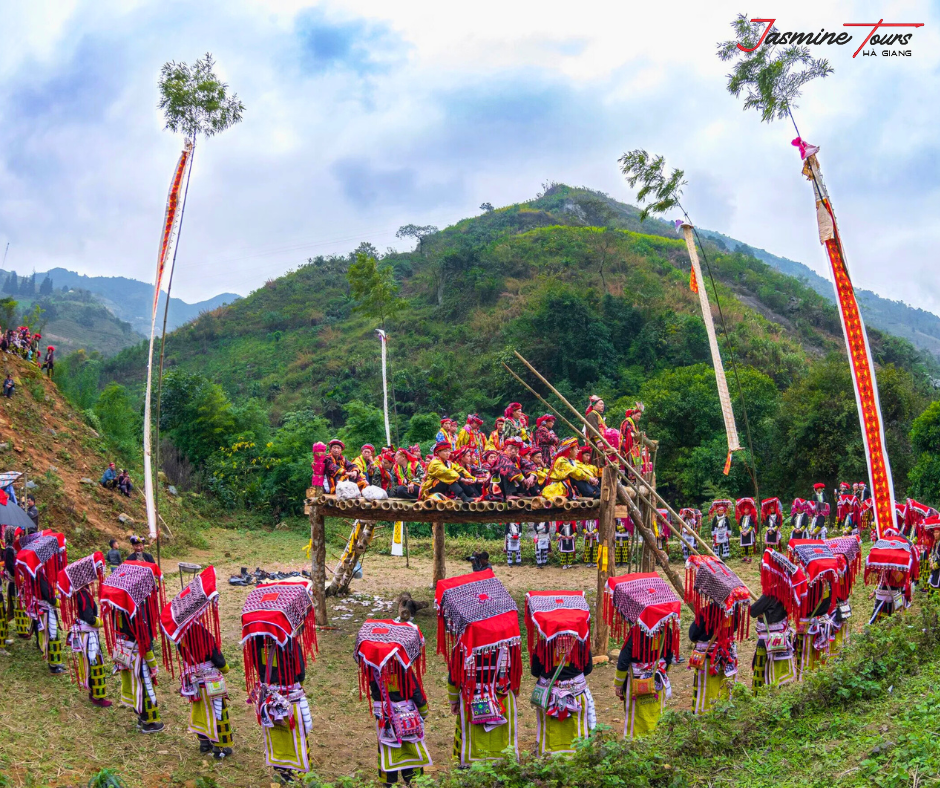
The ethnic culture of the Ha Giang Loop is best experienced firsthand, where travelers can engage with the diverse traditions and lifestyles of the local communities. This unique blend of surroundings, customs, and interactions creates enriching experiences for visitors eager to immerse themselves in the local way of life.
Travelers can engage in immersive experiences that offer profound insights into the daily lives of the ethnic groups along the Ha Giang Loop. Here are some engaging ways to connect with local tribes:
| **Experience** | **H’mong Tribe** | **Tay Tribe** | **Dao Tribe** | **Nung Tribe** |
|---|---|---|---|---|
| **Activities** | Weaving, music performances | Fishing, farming | Herbal medicine workshops | Pottery, textiles |
| **Culinary Experiences** | Traditional hot pot | Steamed rice with local vegetables | Health-focused herbal dishes | Local rice dishes |
| **Cultural Festivals** | H’mong New Year | Long Tong Festival | Cap sac ceremony | Forest worship events |
By engaging closely with local tribes, visitors become part of an intricate exchange, enhancing their understanding not just of the cultures, but of Vietnam itself.
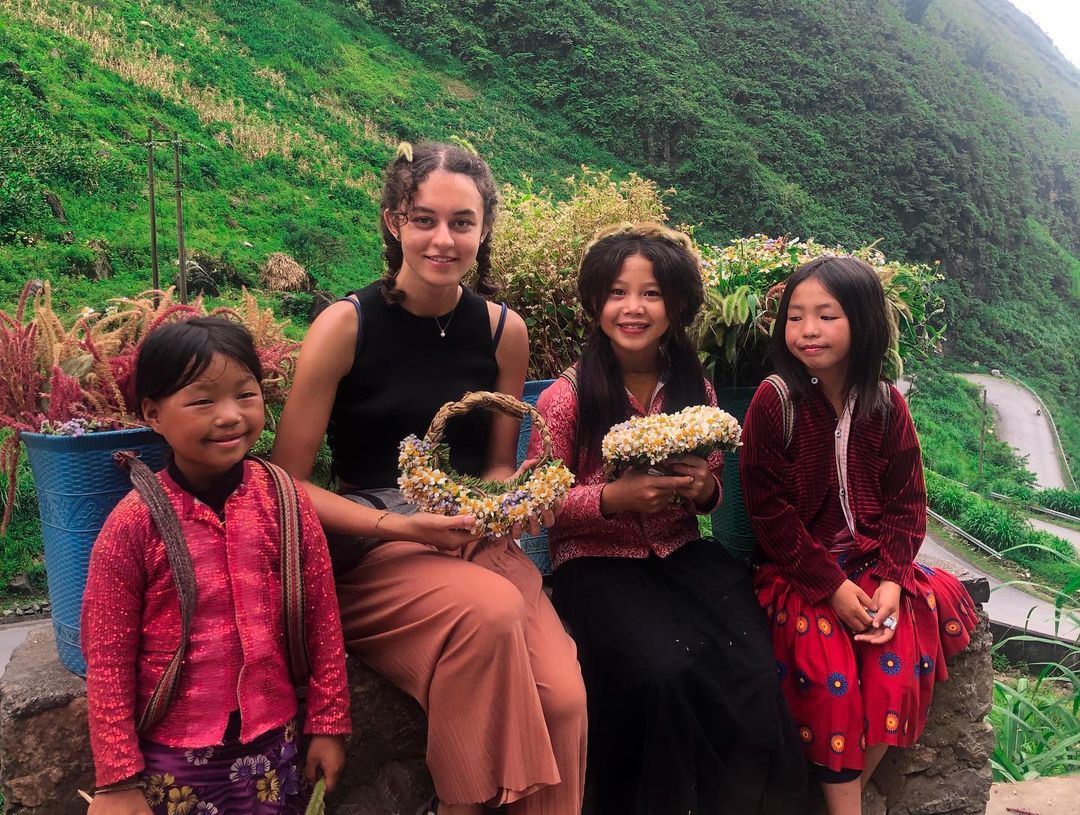
The traditional crafts of the Ha Giang Loop serve as both practical items and embodiments of the cultural heritage of each ethnic community. Understanding these crafts provides insight into the values and identities that define local cultures:
| **Craft Type** | **H’mong** | **Tay** | **Dao** | **Nung** |
|---|---|---|---|---|
| **Primary Medium** | Textiles | Wood and bamboo | Textile, herbal materials | Clay and textile |
| **Significance of Craft** | Cultural identity, heritage | Community and spiritual connection | Cultural expression, status | Functional and cultural significance |
| **Key Techniques Used** | Weaving, dyeing | Carving, weaving | Embroidery, herbal gathering | Pottery shaping |
The preservation and promotion of these crafts contribute to the cultural sustainability of the region, encouraging local artisans while also captivating visiting travelers.
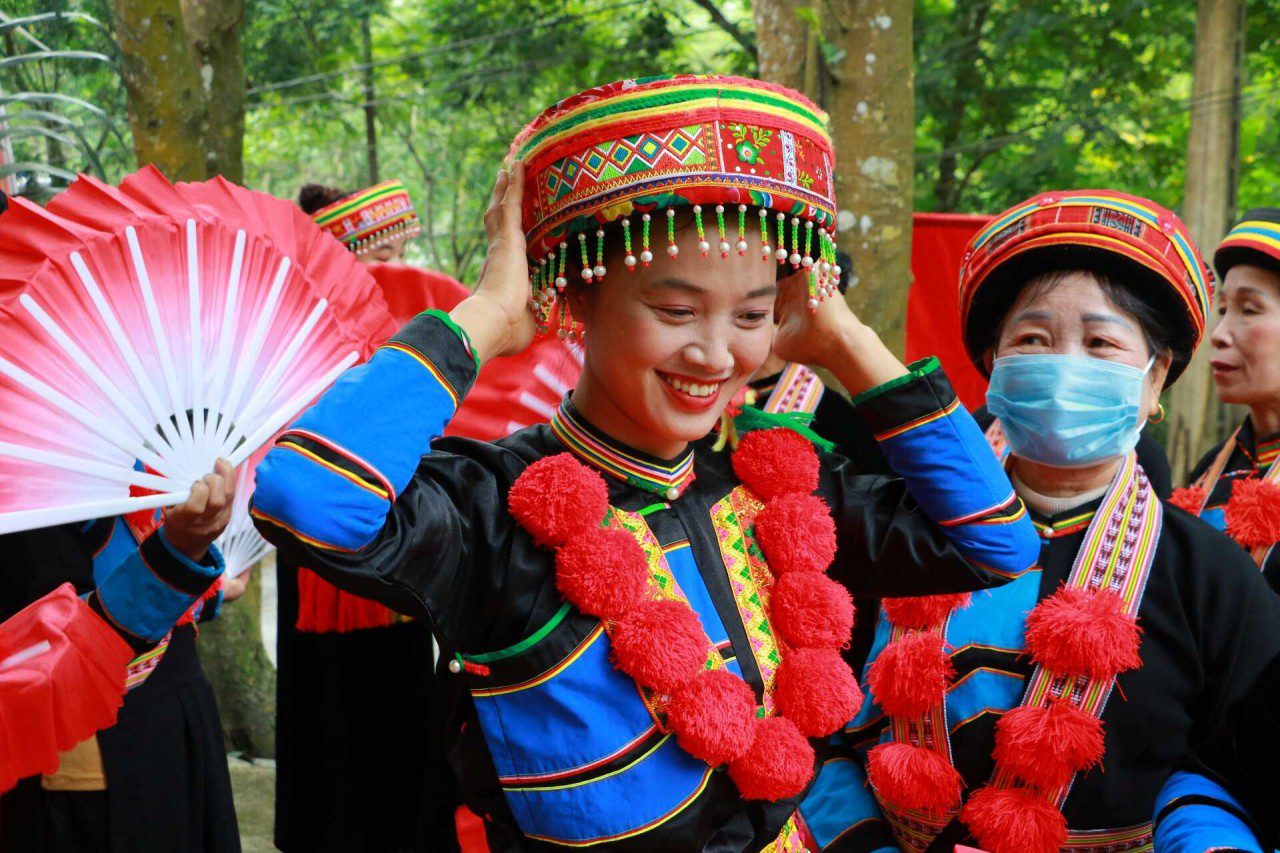
The wealth of cultural heritage in the Ha Giang Loop lays the foundation for understanding the rich ethnic experiences available.
The history of the Ha Giang Loop is intricately tied to the diversification of its tribal traditions. Various historical influences have significantly shaped the practices and beliefs of local communities over the centuries.
| **Influence Factor** | **Impact on Culture** | **Notable Changes** |
|---|---|---|
| **Migration** | Blend of customs | New cultural rituals |
| **Colonialism** | Introduction of goods and practices | Shift in agricultural methods |
| **Political Changes** | Regulation of customs | Inter-tribal relationships |
The historical context of these cultures is essential to understanding the evolving nature of their identity and practices, offering insights into how they navigate modern challenges while preserving their history.
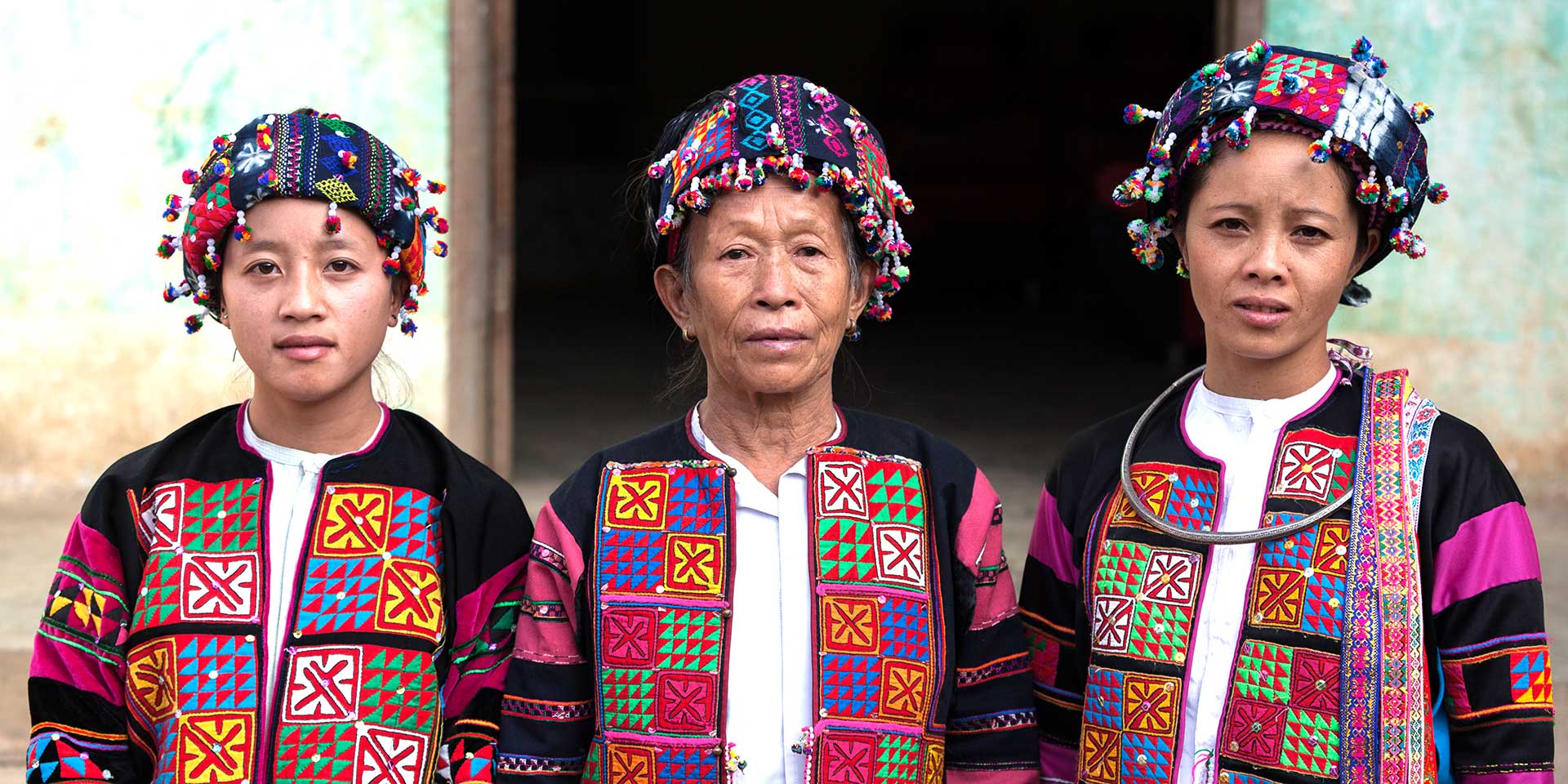
Preserving cultural heritage sites is crucial for maintaining the ethnic identities and traditions of communities around the Ha Giang Loop. The conservation of these sites allows for cultural continuity while enabling education and tourism.
| **Preservation Strategy** | **Community Involvement** | **Impact on Local Culture** |
|---|---|---|
| **Engagement Programs** | Training and participation | Enhanced local pride |
| **Tourism Initiatives** | Promoting cultural exchange | Economic benefits |
| **Sustainable Methods** | Using local materials | Protect environmental heritage |
Through these preservation strategies, the Ha Giang Loop continues to celebrate its rich cultural heritage while adapting to the demands of the present.

The deep connection of tribal culture in the Ha Giang Loop is exhibited through various elements that highlight the identities of its ethnic communities.
Daily life in the Ha Giang Loop revolves around agriculture, craftsmanship, and rich social customs that reflect the deep-rooted cultures of its ethnic minorities.
| **Aspect of Daily Life** | **Agricultural Practices** | **Social Customs** | **Spiritual Beliefs** |
|---|---|---|---|
| **Primary Activities** | Terrace farming | Communal gatherings | Rituals for life events |
| **Community Roles** | Family-oriented labor | Engagement of all generations | Engagement of spiritual leaders |
| **Cultural Values** | Hard work, sustainability | Importance of storytelling | Respect for nature |
Through these daily customs and agricultural practices, tribal minorities in Ha Giang continue to nurture their cultural identities while adapting to modern influences.
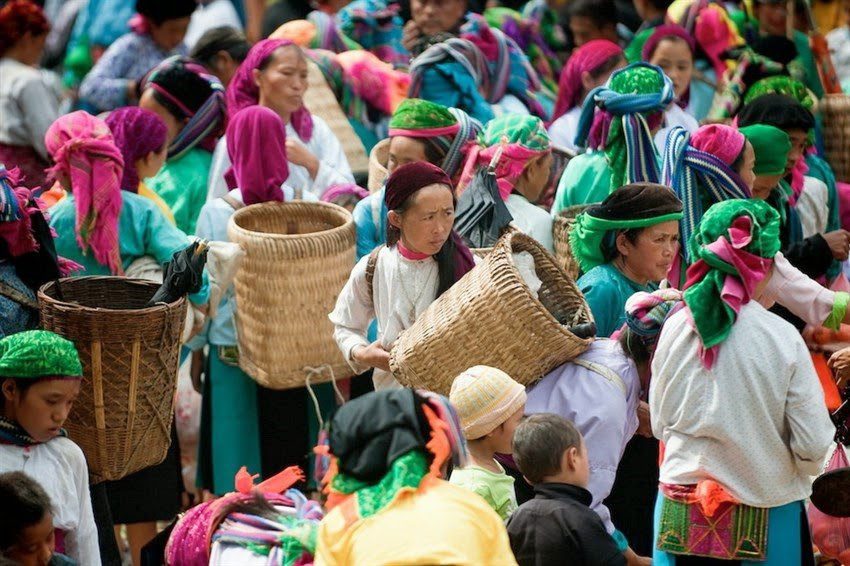
Family and community play integral roles in the lives of ethnic minorities in the Ha Giang Loop, shaping the social fabric of these groups.
| **Community Aspect** | **Role of Families** | **Elder Influence** | **Shared Responsibilities** |
|---|---|---|---|
| **Typical Structure** | Extended, multi-generational | Respected decision-makers | Cooperative efforts in tasks |
| **Social Cohesion** | Strong bonds and ties | Leadership in cultural practices | Joint preparation for festivals |
| **Cultural Transmission** | Passing down traditions | Teaching younger generations | Supporting communal celebrations |
This strong emphasis on family and community allows for the transmission of values and customs within tribal societies, ensuring cultural continuity in a rapidly changing world.
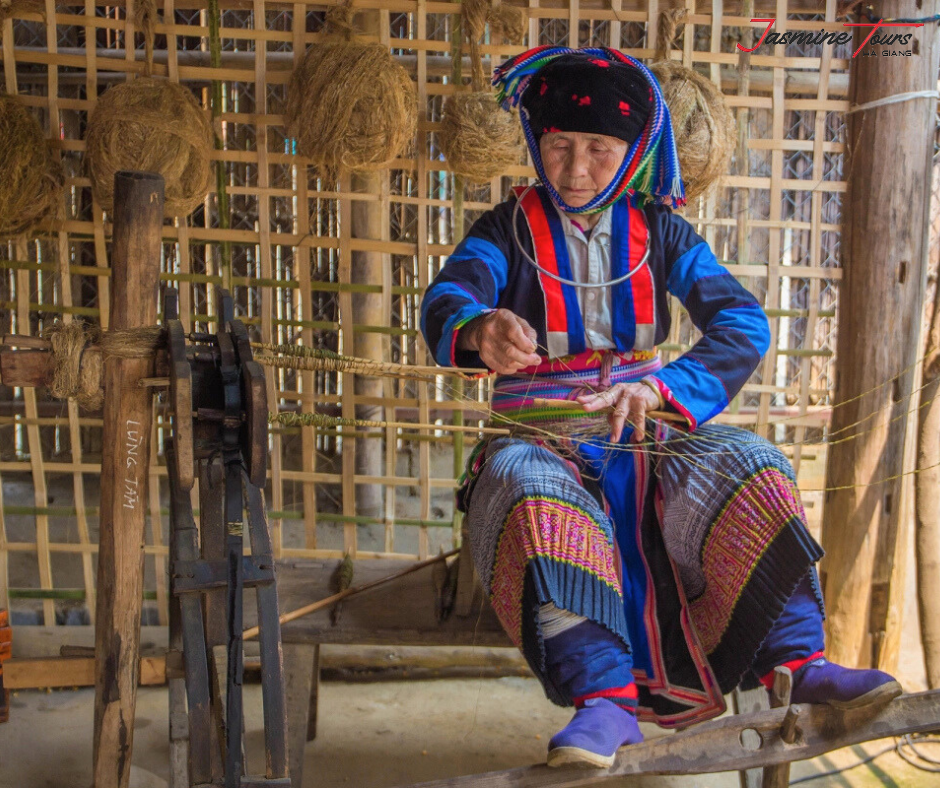
The tribal culture in the Ha Giang Loop comes alive through vibrant festivals celebrated throughout the year, showcasing the rich heritage and customs of the region.
Ethnic festivals in the Ha Giang Loop are colorful celebrations that encapsulate the cultural identities of the various ethnic groups. Some of the major festivals include:
| **Festival** | **Timing** | **Main Activities** | **Cultural Significance** |
|---|---|---|---|
| **Lunar New Year** | Late January – Mid February | Family reunions, rituals | Respect for ancestry |
| **Khau Vai Love Market** | 26th and 27th day of third lunar month | Music, folk games | Celebrating love and relationships |
| **Buckwheat Flower Festival** | October to November | Cultural performances, contests | Honoring agricultural richness |
| **Long Tong Festival** | February or March | Rituals, folk games | Gratitude for harvest |
| **Gau Tao Festival** | Early February | Traditional games and dances | Health and fertility prayers |
These festivals not only serve as a reflection of the cultural heritage of Ha Giang but also provide opportunities for inter-ethnic understanding and exchange.
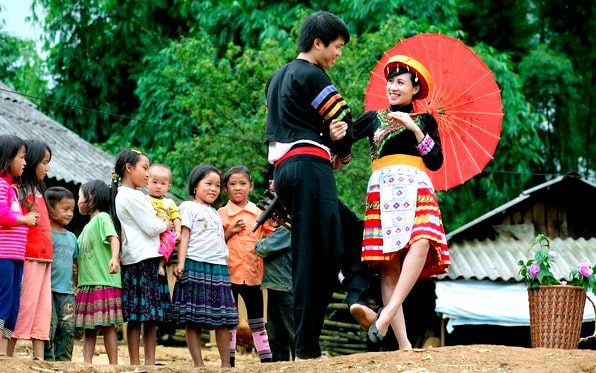
Festivals in the Ha Giang Loop hold immense significance for maintaining cultural identity among ethnic groups. These celebrations are not merely events; they are integral to the social fabric and community bonding.
| **Festival Role** | **Cultural Preservation** | **Community Cohesion** | **Tourism Impact** |
|---|---|---|---|
| **Encouraging Custom Transmission** | Reinforcing traditional customs | Building community ties | Economic benefits for locals |
| **Engaging Youth** | Promoting understanding of heritage | Facilitating relationships | Opportunities for cultural exchange |
| **Cultural Visibility** | Showcasing diversity | Strengthening identity | Challenges in authenticity |
Through these festivals, the ethnic festivals of the Ha Giang Loop act as vital tools for maintaining cultural identity and community ties, essential for the resilience of these diverse cultures.
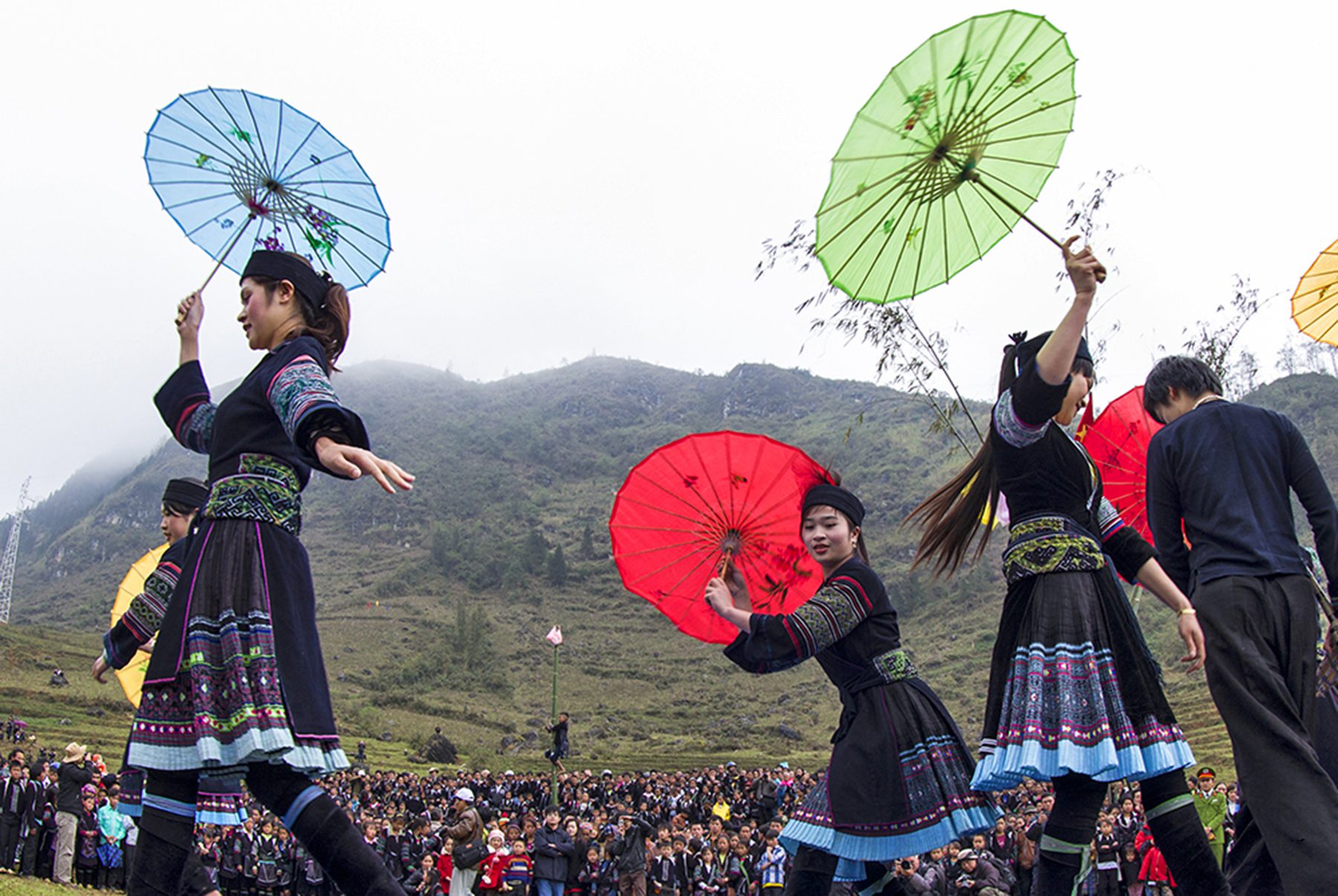
In conclusion, the Ha Giang Loop epitomizes the beauty of Vietnam’s ethnic diversity, with its vibrant cultures, rich traditions, and intricate social structures. The experiences offered by the various ethnic groups create a dynamic journey for travelers who seek to immerse themselves in this unique cultural landscape. Each festival, tradition, and craft tells a story that connects the past to the present, fostering a deep appreciation for the communities that call this stunning region home. As we navigate modernization and globalization, it becomes increasingly important to honor and preserve these traditions, ensuring that the voices of ethnic minorities continue to resonate for generations to come.
Copyrights @2025 Vietgo Travels. Terms and Conditions Privacy Policy
Hotline
+84 855 452 888 (Viet Nam) / +1 (206) 665 3090 (US)
Email: [email protected]
Website: www.vietgotravels.com
Head Office:
No. 23 Lo Su Street, Hoan Kiem District, Ha Noi, Viet Nam.
Viet Nam’s branch:
No. 35 Hang Quat Street, Hoan Kiem District,
Ha Noi, Viet Nam.
US:
831 41st Pl, Everett, WA 98201, USA